Strategic Planning in Uncertain Times

By Griff Hall, small business Owner
I often hear leaders say, “What sense is there in strategic planning when the future is more uncertain than ever before? Why shouldn’t we wait until we know more before embarking on a strategic planning effort?” The question assumes you’re already using the most effective methods in planning and the answer lies in what advantages you’re willing to give up while you wait.
Identify the applicable planning models for your organization
Weighing the investment of planning against the odds of successfully identifying and executing an effective strategy amidst much uncertainty no doubt leave many leaders pondering. Further, many different approaches have entered the strategy building arena. So if you’re teeing up the traditional SWOT analysis, think again. If you’re starting with the mission and vision as your first step, beware that you risk overlooking hidden gems in your business or you may be starting down a path of built-in blind spots about your organization. These traditional models aren’t necessarily wrong, but like anything else, the right tool (or model) for the job makes all the difference. The same goes for strategy building. Here are a few models we’ve found valuable.
- Strategy field trips. Visiting exemplary peer organizations with members of your team or your Board of Directors can open your and your team’s eyes beyond research and intellectual idea brainstorming. Strategy decisions are not just confined to intellectual thought. Together with intellectual curiosity, an emotional acceptance of new ways of looking at markets, clients, and business models is just as crucial as your belief in your ability to succeed. Seeing and talking with people first hand in exemplary peer organizations can really leverage this. We’ve seen entire Boards enter a new way of discussing their organization as a result of seeing what’s out there and talking directly with leaders doing the work.
- Scenarios. Although scenario planning is not new there are new ways of forming scenarios relating to specific markets and niches. The use of scenarios can be a great way to work with the wide range of significant variables in the organization’s environment. An illuminating comment came during a recent process where we used scenarios. One leader acknowledged having wrestled with some pretty unpleasant things that could happen and that were beyond the organization’s control. The tendency had been to avoid those possibilities since there was nothing in their control. Still, she felt a nagging unease. After incorporating the severe possibilities in one of the scenarios, she acknowledged a sense of confidence that the exercise provided.
“None of us want to deal with the starkest of circumstances, but knowing that we’ve thought this through, I now have a better confidence that we can deal with it should it occur.” It’s one more example of the emotional work in strategy development.
- Start with the operating, or business model. We’ve been surprised at how disparate the views of top leaders in a company or non-profit can be about their operating model. A common and accurate understanding of how your model generates value in the market is fundamental to building an effective strategy and engaging the team in successful execution. It’s tempting to look at the big picture things first. Proper preparation prepares teams to look at the big picture things with more accurate information and rigorous thinking.
The discipline of crafting strategy should be ongoing
The very disciplines that result in sound strategy building are also the ones that should be continuously employed and not left to episodic planning events. One of the true values of a strategic planning process should be to instill thoughtful, rigorous evaluation & discussion of strategic decisions leaders face.
As one CEO we’ve worked with said recently, “Three years ago we identified – admitted really – that the single key factor that was a ‘make or break’ in our service delivery was the quality of our staff. This was no surprise. But what changed the game for us was evaluating the difference it made in our operating model. We then made very non-traditional adjustments in our financial model in order to recruit, pay, and reward employees, something we hadn’t even thought of prior to our strategic planning process.” Working with their leaders, we used a financial modeling exercise where they estimated a value on each part of their operating model and then developed priorities. It was an eye-opening start to the strategy process. Although they did not foresee all of the factors now causing serious staffing shortages and challenges in their field, they are far ahead of their peer organizations and, more importantly, have continued to make improvements in quality of service while their peer organizations struggle just to maintain service. They continue to use the methodology from the strategic planning in evaluating their key decisions.
Testing and talking
A strategic query we’ve been asked about is, “We have this great (name of a product, technology, or service) and we need to find the best way to get it to market.”
If it’s already developed (often it is), our next question is, “Who will make the buying decision and what did they say as you talked with them before and during development?” That’s where the silence enters. What is self-evident to you is not necessarily the same to your intended market.
Better to talk with intended users first and develop just enough to give them the concept and let them try it. Then make alterations and build it out based on feedback. This process has been well chronicled in Silicon Valley circles but can apply to non-technology companies and non-profits as well. It’s an iterative process of testing new market ideas and establishing a dialog with current and potential users. The dialog is the key – even if you are not planning a new product or service launch, creating a dialog with customers and clients on how and what they derive value from your organization and ways in which they use your products or services is instructive. This often sparks new ideas for markets or how slight alterations could address other markets.
Ready to jumpstart or rethink your strategic planning process? Feel free to contact us. We are here to help.
Image by NASA

